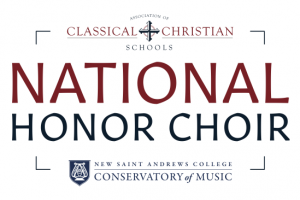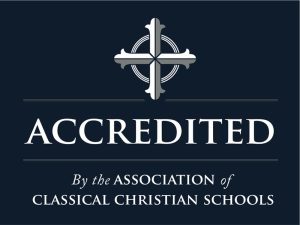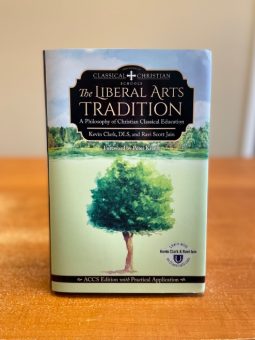Student-driven Culture vs. Aspirational School Culture
Classical Christian Education promotes joyful order in the community.
Student Driven Environment
Academics are isolated in most schools, with clubs, sports, and other extracurricular activities in separate camps. Education and student culture are separate things. School “ethos” is often incidental, or at least secondary. Student government and leadership, as well as hallway culture, are more student-driven when schools view learning as information retention rather than virtue formation. This leads to the undervaluing of intentional school culture.
What you might see: You’ll notice the students seem to “own” the hallways as teachers “own” the classrooms. The environment is more frenetic. Student dress varies widely, even when dress codes are in place. Dances, parties, athletics, and other social activities are often patterned after public school traditions.
At many conventional Christian schools, tools that drive the ethos of student life are borrowed from public school frameworks. The students drive the social culture in the hallways, activities, and after school social activities. Teachers and administrators are the “them” that govern the classroom and teaching. This extends from the view that a true education only answers the questions “what do you know and what can you do.”
- Emphasis: Conventional schools view “school” as a series of classes that teach content. The environment of conventional schools is designed to remove roadblocks to this ultimate goal.
- Classrooms are the domain of the teacher. Administrators monitor the halls and common areas to enforce the rules.
- Dances, student government, and athletics often look very similar to public schools, with a few more rules (dress code, etc.) They often inadvertently replicate the emphasis on a teen-dating culture, student popularity-based government, and athletic traditions.
The Bottom Line:
Child centered education is part of John Dewey’s educational philosophy, which sees students as mere animals in petri dish, meant to adapt and respond to a pre-planned environment. The herd-like nature of this form of education de-values students as unique individuals who are meant to be image bearers of Christ and his Church.
The Results:
Student culture is less robust, with far fewer friendships forming across grades. Students do not develop a proper understanding of authority, in the school and beyond.
Strong Aspirational Culture
School ethos (culture) is central to learning and is therefore intentional in CCE. Our schools are purposeful in building community that “pulls” kids in the right direction—in manners, virtue, and relationships. Systems and programs are interwoven throughout the day to ensure a holistic picture of learning, and community is sought among faculty, staff, and students.
What you might see: You’ll notice the uniforms, but also polite actions like holding open a door and standing politely and quietly in line (grammar school). In upper grades, you’ll notice more respectful relationships between students, and more formal engagement in the hall. Joyful order is a common description.
The medieval culture, carefully studied in most classical schools, saw education as the cultivation of virtue. In part, this is done through the most basic practices of manners, dress, and habits in community.
- The first thing you’ll notice when you walk into a classical Christian school are the uniforms. Often, these are formal.
- The students look you in the eye and greet you, hustle to help out, and engage in conversation.
- Young students quickly want to be noticed as better or “cool.” We recognize that the less we emphasize and encourage that desire, the better it is for the school community.
- Habits are formed young, so the standards of behavior–such as orderly lines to show respect to other students and classes–are set throughout the school.
- You’ll probably notice the formal manners of the students, with greetings when you enter, and training in eye contact and handshakes.
- Structure, organization, cursive handwriting, and homework drive academic discipline.
- Formalized note taking or “common placing” drives students to formal organization.
- Prom, dances, etc. are replaced with events that encourage civility and manners along with fun, generosity, and maturity.
- Teachers take particular interest in shaping the ideas, practices, and virtues of the student. They see each of these things as equally important.
The claim to cultivate virtue through these outward actions is often misunderstood as pretentious. Our culture today sees this as “putting on airs.” But, very few haven’t noticed the increased maturity of character–and the ability to enjoy community across generations–that is present in students.
The Bottom Line:
Culture and environment are not disconnected from the way human beings learn to think and form assumptions about the world. CCE understands that, above all, students will learn how to organize their lives, so that by tending to their own garden they can better handle the disorder of the world.
The Results:
Like every repeated practice, the habits students form in their school atmosphere do not stay confined to the classroom. Students apply these lessons to their social and professional lives. The aspiration to live orderly, we see, is not cut off at graduation but extends into the way our think and act in an increasingly chaotic culture.










